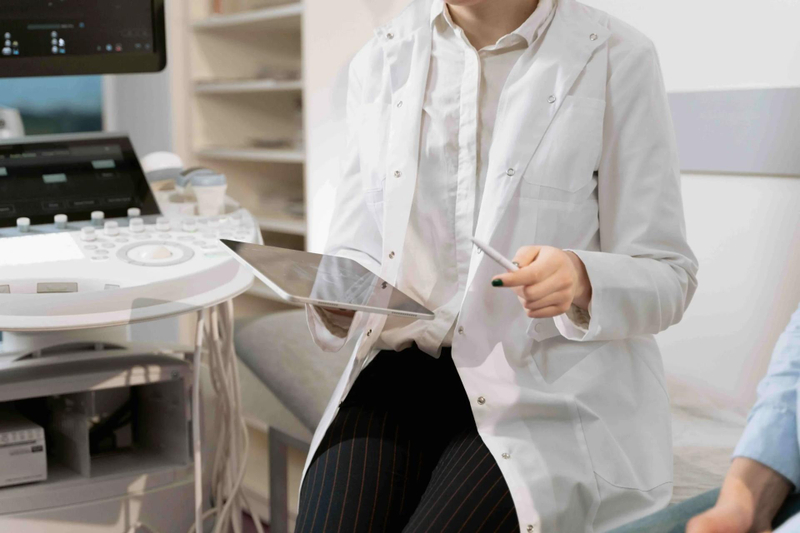Australia's healthcare system continues to evolve, with advancements in medical equipment playing a pivotal role in enhancing patient care, diagnostic accuracy, and treatment outcomes. From state-of-the-art imaging devices to cutting-edge surgical tools, medical equipment in Australia is at the forefront of innovation. In this article, we will explore the significant strides made in medical equipment and how these advancements are reshaping the healthcare landscape across the country.
1. Imaging Technology: Precision in Diagnosis
a. Magnetic Resonance Imaging (MRI): MRI technology has advanced significantly, providing high-resolution images for detailed anatomical and functional assessments. The latest MRI machines in Australia offer improved image clarity, faster scan times, and enhanced patient comfort, allowing for more accurate diagnoses and treatment planning.
b. Computed Tomography (CT) Scanners: CT scanners have undergone technological leaps, with innovations such as dual-energy CT and spectral imaging. These advancements enable better tissue differentiation, reduced radiation exposure, and enhanced imaging capabilities for intricate diagnostic evaluations.
c. Ultrasound Technology: Ultrasound devices have become more sophisticated, offering 3D and 4D imaging capabilities. These innovations are particularly beneficial in obstetrics, cardiology, and other specialties, providing clinicians with detailed insights into the structures and functions of the body.
2. Surgical Advancements: Precision and Minimally Invasive Procedures
a. Robotic-Assisted Surgery: Robotic systems are increasingly employed in surgical procedures, allowing for precision and minimally invasive interventions. Surgeons can control robotic arms with exceptional dexterity, leading to reduced recovery times and improved patient outcomes.
b. Laser Technology: Laser technology has found applications in various surgical disciplines. From dermatology to ophthalmology, lasers enable precise incisions, tissue removal, and therapeutic interventions with minimal damage to surrounding structures.
c. Endoscopic Equipment: Endoscopic tools have evolved to provide high-definition visuals and improved maneuverability. This facilitates minimally invasive procedures across specialties, allowing for diagnostics and treatments with reduced patient discomfort and faster recovery.
3. Patient Monitoring Systems: Enhancing Care Continuity
a. Remote Patient Monitoring: The integration of remote monitoring systems enables healthcare providers to track patients' vital signs and health metrics in real-time. This technology is particularly valuable for managing chronic conditions and ensuring timely interventions.
b. Wearable Health Devices: Wearable devices, such as smartwatches and continuous glucose monitors, empower patients to actively participate in their healthcare. These devices can monitor various health parameters, promoting preventive care and early intervention.
4. Rehabilitation and Assistive Devices: Supporting Patient Recovery
a. Prosthetics and Orthotics: Advancements in materials and design have led to more functional and comfortable prosthetics and orthotic devices. These technologies enhance mobility and improve the quality of life for individuals with limb differences or musculoskeletal conditions.
b. Rehabilitation Robotics: Robot-assisted rehabilitation devices assist patients in regaining motor skills and functionality. These technologies are used in physical therapy to provide targeted and customized rehabilitation programs.
5. Challenges and Considerations:
While the evolution of medical equipment in Australia brings about numerous benefits, challenges such as the high cost of acquisition, maintenance, and the need for ongoing training of healthcare professionals must be addressed to ensure widespread accessibility and optimal utilization.
Conclusion: Transforming Healthcare Through Innovation
The continuous evolution of medical equipment in Australia represents a commitment to providing the highest standard of care for patients. As technology continues to advance, the healthcare landscape in the country is poised to witness further transformative changes, ultimately leading to improved patient outcomes, enhanced diagnostic capabilities, and a more efficient and patient-centered healthcare system.


